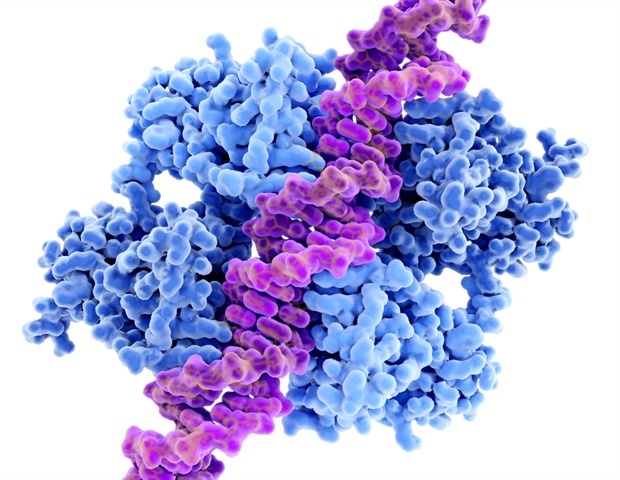How can Canada maximize the impact of human genome sequencing to increase our understanding of disease? New guidelines in CMAJ (Canadian Medical Association Journal) lays out the key elements of obtaining patient consent for researchers and policy makers in this burgeoning field https://www.cmaj.ca/lookup/doi/10.1503/cmaj.212063.
“Human genomics – the study of a person’s or a population’s entire genes – is increasingly integrated into research and rapidly integrated into clinical care, including health records”, writes Dr. Christopher McMaster, guideline author and director of the Institute of Genetics, Canadian Institutes of Health Research (CIHR). “If most of the genomic data obtained in Canada could be accessed and analyzed collectively, the level of understanding of the role of genomics in determining health and disease susceptibility among Canadians would increase dramatically.”
in 2024, a pan-Canadian Human Genome Library (CHGL) will be launched as a central resource for sharing locally held genomic and related medical information. Advanced methods of artificial intelligence and machine learning can be used to determine which genetic factors contribute to the health and disease of people in Canada.
“Consent is an essential and necessary tool to enable personalized medicine for Canadians,” says Dr. McMaster.
To ensure the success of the library, a standardized set of core consent elements for human genomics research in Canada is required to facilitate appropriate Research Ethics Board (REB) approvals and subsequent data sharing. genomics and health. The guideline addresses topics such as research data, international sharing, commercial and future use of research, storage, controlled access, re-identification and re-contact of participants, and consent of underage participants.
“The building blocks of genomic consent will help provide transparency for research participants,” says Dr. McMaster. “These guidance will enable researchers to collect human genome data in a consistent way that explains how participants’ data will be used in the present and the future.”
It will also streamline REB submissions and approvals, an important part of the research process.
“These tips will make it easier for clinicians and researchers to determine the essential building blocks to include in their REB submissions,” says Dr. Etienne Richer, guideline co-author and Associate Scientific Director, CIHR Institute of Genetics. “For REBs, the minimum items to look for will be clearer when reviewing submissions containing genomic components. Ultimately, we hope this will speed up and facilitate the whole process for the benefit of patients and people living in Canada.
In a related comment https://www.cmaj.ca/lookup/doi/10.1503/cmaj.221500Dr Mackenzie Graham, Wellcome Center for Ethics and Humanities, University of Oxford, Oxford, UK, writes: “While obtaining informed consent remains an important facet of ethical research, the complexity and uncertainty inherent in today’s data-driven research means that much of how people’s data is used is beyond their direct control. Participants should be able to make an informed judgment about the reliability of an institution before entrusting them with their health data.
Source:
Journal reference:
Longstaff, H. et al. (2022) Basic Elements of Participant Consent Documents for Human Genomics Research in Canada and the National Human Genome Library: Guidance for Policy. Canadian Medical Association Journal. doi.org/10.1503/cmaj.212063.

“Travel aficionado. Twitter scholar. Writer. Extreme coffee guru. Evil pop culture fanatic.”
